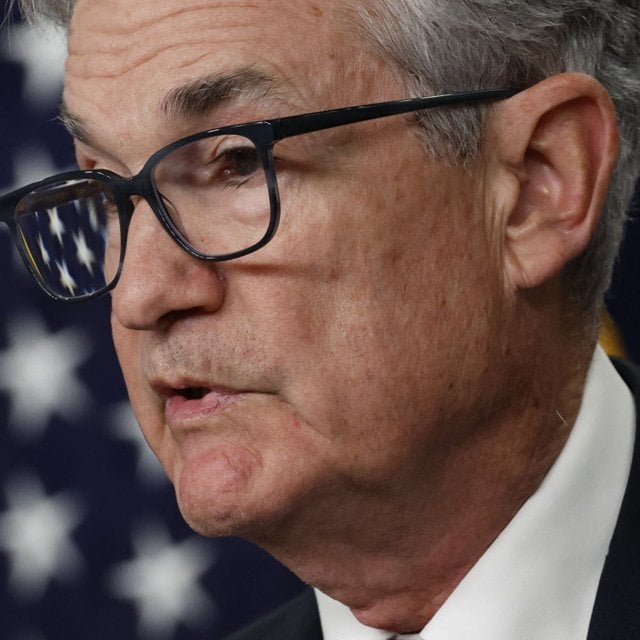Fed Slows Rate Hikes, Signals Further Increases Are Coming

After initially dismissing a surge in prices as temporary, Fed policymakers have been scrambling to get control of runaway inflation before it becomes embedded into the economy, lifting rates sharply from levels close to zero as recently as a year ago.
They’re also reducing the Fed’s balance sheet at a record clip, withdrawing hundreds of billions of dollars from the financial system.
Price Target
While policymakers have had some success in reining in inflation – the Fed’s favorite gauge slowed to a year-on-year rate of 5% in December from 7% in June – they’ve been loath to declare victory until they’re confident price rises are on track to return to their 2% price target.
“It is gratifying to see the disinflationary process now getting under way and we continue to get strong labor market data,” Powell said. Still, the chair said that officials would need “substantially more evidence” that inflation was on a sustained downward path.
Pressed to spell out if that represented a certain number of months of continued downward progress on prices, he said it would be an accumulation of factors.
Powell has zeroed in on the labor market as a source of potential inflationary pressure, arguing that demand for workers is outstripping supply and that wages are rising too quickly to be consistent with the Fed’s 2% inflation target.
Officials got some welcome news on that front as they began their two-day meeting Tuesday, with the Labor Department reporting that a broad gauge of wages and benefits slowed in the final three months of 2022.
Another reading on the jobs market arrives Friday, when the government releases the employment report for January. Payrolls growth is forecast to have slowed to 190,000 last month from 223,000 in December while unemployment may have ticked up to 3.6% from 3.5%.
The Fed’s repeated rate increases have taken a toll on the US economy. Hammered by a steep rise in mortgage rates, the housing market has slumped, with new home sales declining in 2022 to their lowest level in four years.
Manufacturing has also hit the skids, hurt by a slowdown in the global economy and a shift in consumer spending away from goods to services. Industrial production has dropped for three straight months.
However, consumer expenditures, the bulwark of the economy, have generally held up in the face of sky-high inflation, as households drew on savings built up during the pandemic and saw incomes boosted by a vibrant jobs market.
But there were signs of fraying as 2022 drew to a close. Adjusted for changes in prices, personal spending dropped 0.3% in December, with outlays for services stagnating, the first month without an increase since January 2022.
(Image: Bloomberg)




